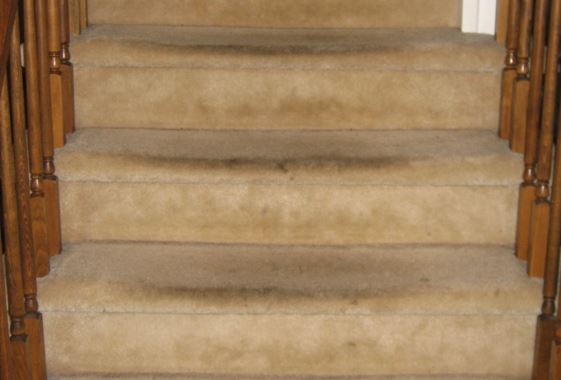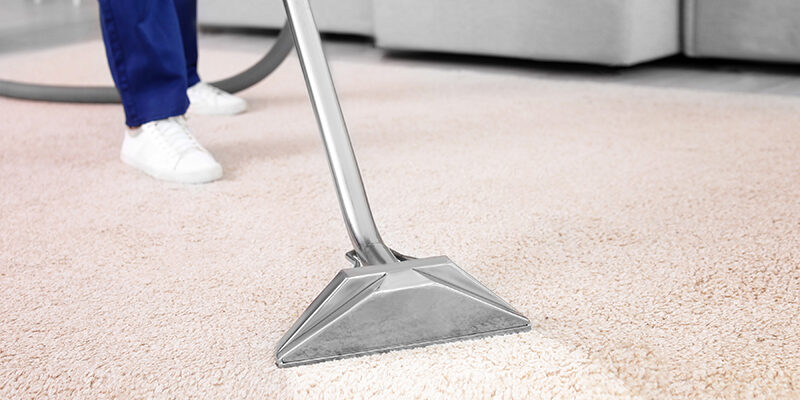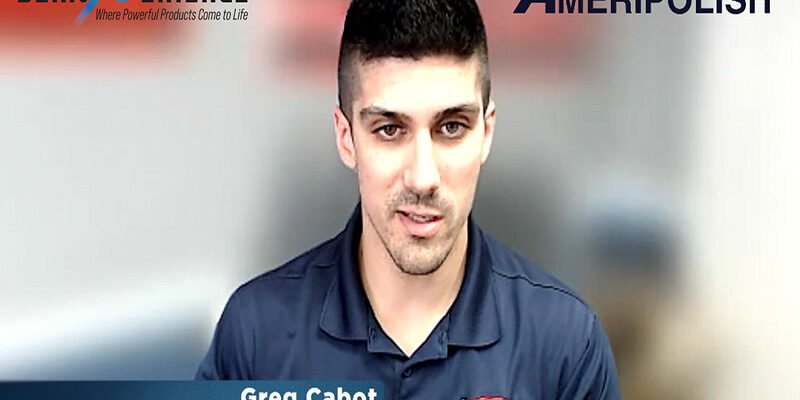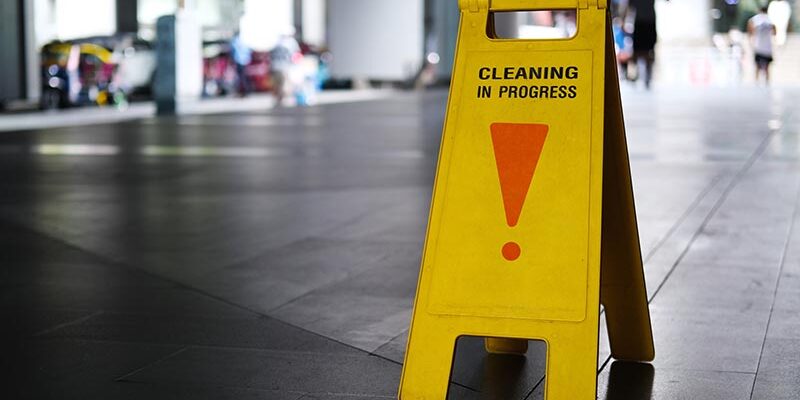Stair Cleaning

If you dread the time during your carpet cleaning job when you must remove your favorite floor tool and grab that stair tool, it may be time to analyze your stair cleaning system.
Stair cleaning is challenging for obvious reasons — the main one being that the dirtiest areas of stairs are the hardest to clean.
Add in the Berber element and you have what is sometimes referred to as a nightmare of a job. Olefin Berber carpet, due to the stiff, uneven weave, is hard enough to clean when using a floor tool … on stairs, it is much more difficult. In addition, olefin tends to wick more than other fiber types.
While carpeted rooms in your customers” homes are vacuumed frequently — if they follow your recommendations — it”s rare that the stairs receive the same treatment. Weeks, even months, can go by without stairs receiving a proper vacuuming. This means that the soil load that builds up in stairs can be extreme at times.
Preparation
As with routine carpet cleaning, prevacuuming is important.
While you can”t use your typical upright vacuum, a small, handheld vacuum should be sufficient — or you can use a turbine-powered handheld unit, one that hooks up directly to your truckmount or portable extractor.
After prevacuuming, removing as much dry soil as possible, the application of a preconditioner with high lubrication and suspension properties is best. Remember that the soil load is going to create a challenge, and the use of better chemistry makes this chore easier.
Some cleaners utilize encapsulation preconditioners and rinsing agents, saying the soil is suspended and then surrounded or “locked in” by the polymers typical to encapsulation products.
After applying preconditioner, agitation is vital. Using a small, handheld brush is common, although some cleaners use an electric buffer-type device typical to the carwash industry.
Cleaning and rinsing
There are a variety of tools you can use to rinse away the loosened soils.
Small hand tools or wands are most common. The length of the handle can vary, but the trend in recent years has been to use longer handles in order to better protect the backs of cleaning technicians.
The key is to move the tool slowly over the surface of the carpet, using high heat and flushing to remove soils. The nose of the stairs need extra attention, so be sure to run your tool over these areas multiple times.
The use of an absorbent towel, much like you would use on upholstery, helps remove additional soil and moisture from the nose of the stairs and from hard-to-clean areas such as along edges.
Final touches
Be sure to perform several dry strokes on the stairs you are cleaning. Many complaints arise because stairs can take many more hours to dry than do typical carpeted floors. This is because the amount of dry vacuuming passes during cleaning is usually less.
After cleaning, the application of an anti-soiling agent, typically an encapsulant, helps with appearances — especially the nose of the stairs. Apply the product and work it in well with a brush. Upon drying, the carpeted stairs should have maximum appearance.
Jeff Cross is the executive editor of Cleanfax and an industry trainer and consultant, and offers carpet cleaning marketing, disaster restoration marketing and contract cleaning marketing seminars and classes.












